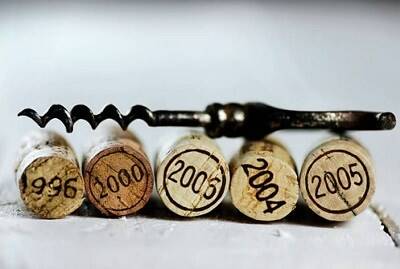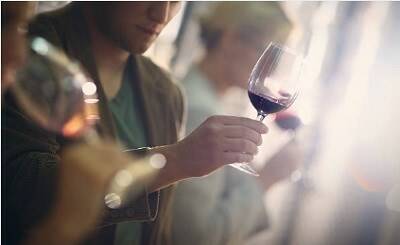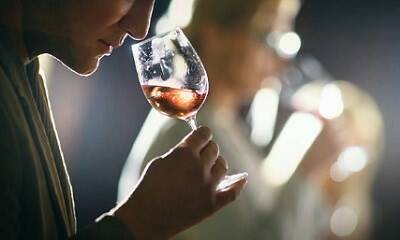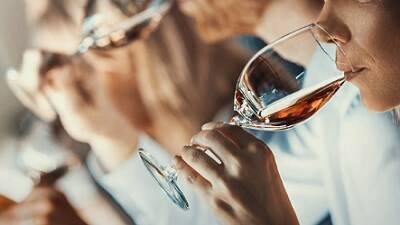Games to train the senses for wine tasting
We suggest some simple exercises to exercise your taste and smell with the family

If the aim is to learn the basics, i.e. to discern the aromas and flavours and where they appear in the mouth, the best thing to do is to choose a single wine and try to follow the tasting phases that we will see later on. You can choose any type of wine: white, red, rosé, sparkling, fortified, all of them are suitable for this first tasting objective.
For those who want to go a step further, they can prepare a tasting of single-varietal wines (made from the same grape) and compare them, or choose wines from the same vintage and different appellations, different vintages or climatic influences, here the variations are almost infinite.
Another option is to carry out a comparative tasting of the different types of wines. We can choose 3 or 4 brands of different styles, which can be: a sparkling wine, a white wine, a rosé, a red or a fortified wine. It is important to order the wines before tasting from the mildest to the most intense, in order to avoid the aromas and flavours of the previous one mask the wine we are tasting.
You can find these wines in any supermarket, or in a specialised shop either on-site or online. If you are not sure about your choice, ask professionals for help.

Once we have made the selection of wines, we will need the following utensils for the event:
- Corkscrew.
- A glass for each wine. If this is not possible, we can always rinse the glass with water between one wine and the next.
- White tablecloth or napkins
- Large non-transparent plastic cup to use as a spittoon (optional).
- Water: to keep us always hydrated, as water will make us taste better.
- Bread sticks or slices of bread, especially if you are tasting wines with a lot of tannin.
- Paper and pencil, if you want to make your own "tasting notes".
Now we begin the tasting, which we will divide into three phases: appearance, nose and palate. The idea is to dedicate some time to each of these phases, as they can provide us with different information.
In this phase we can see several things: if the wine is young or not, if it is cloudy, if it has an ochre colour that could make us think that the wine is not in good condition. The volume and thickness of the tears can indicate whether or not the wine has a lot of alcohol before tasting it. The most basic thing in the visual phase is to know that for white wines the colour evolution goes from straw to golden to eventually tawny, being a straw colour one that shows less ageing or development. In red wines, this ageing is seen when we tilt the glass at 45º on a white background and we observe the rim of the glass. Here we should know that violet is a colour linked to the youth of the wine and the tawny hues are linked to old age.


The next step is to see if the information obtained in the visual phase is somehow transferred to the olfactory world. The aromas will show us another large volume of information. We must not forget that the wine comes from fruit and, as such, we have to discern the type of fruit it has, whether it is very fresh, ripe, overripe, candied, etc. We must also try to decipher if the wine has undergone any ageing, with nuances that remind us of wood or smoky notes, etc... Finally, we will try to decipher if the age of the wine that we judged visually concurs with the nose. The presence of very primary aromas such as fruit can help us to achieve our goal.
Finally, we taste the wine in the glass. We refine our taste senses, we want to know the simplest things such as whether it is acidic, bitter, salty, sweet, if it has a lot of tannin -an astringent sensation-, if it has a lot of fruit and if it is ripe or not so much. We should also pay attention to the time that the taste lingers in our mouth, what we call the finish.

With all these tricks you will not yet be an expert, but you will undoubtedly begin to discover a different way of tasting wine. The most important thing is to pay attention to everything that happens while tasting the wine and to write down the information if you have a weak memory. Still, you will certainly want to investigate and advance further in the world of wine tasting, so we encourage you to attend our wine tasting courses which will soon be active again for all wine lovers.
We suggest some simple exercises to exercise your taste and smell with the family
Excitement and hope in the Marco de Jerez region over the creation of a new designation of origin for traditional wines, seeking to attract young consumers with a sustainable and quality approach, projected for Europe in 2025.
At Peñín we are already focusing on the 2025 Guide, which begins its tasting tour this January to reach October with the most complete Guide to Spanish wines in the world.